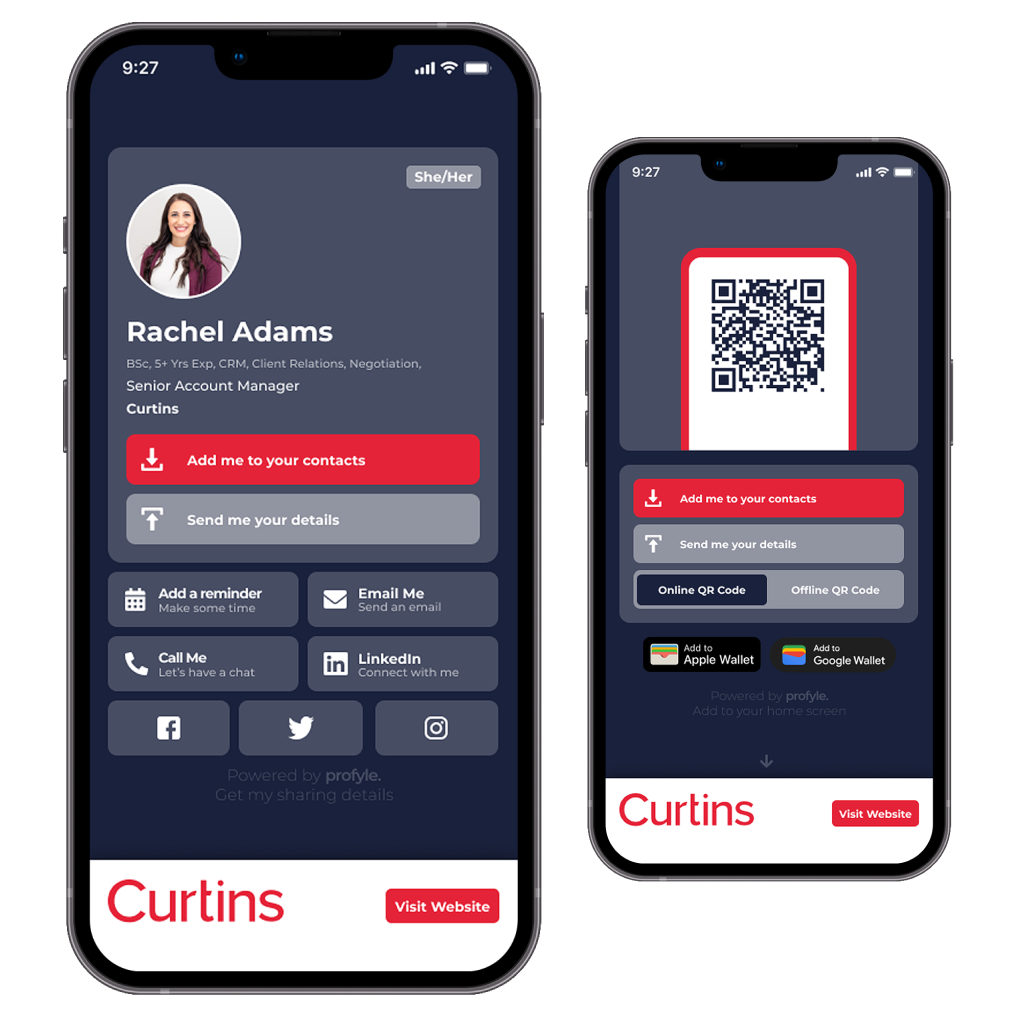Many marketers and small business owners feel overwhelmed by design tools. When it comes to business cards, getting the business card dimensions in pixels right can be a real headache. Too small, and your text looks cramped. Too big, and it won’t fit in a wallet.
Let’s clear things up.
Business card dimensions vary slightly around the world. Understanding these differences ensures your card fits local expectations and holders.
This is the most common size in the U.S., aligning with standard wallet slots.
Slightly narrower than the U.S. standard, this size is prevalent across the UK.
Common across many EU countries, including Germany, this size aligns with ISO standards.
Canada shares the same standard as the U.S., facilitating cross-border consistency.
Australian cards are slightly wider, offering more design space.
Singapore’s standard aligns closely with other Southeast Asian countries, ensuring regional compatibility.
Pixels determine the resolution of your card. A higher pixel count means better clarity, especially when printing. If your card is too low in pixels, it may appear blurry or pixelated.

Designing a card with the correct pixel dimensions can be daunting. Profyle simplifies this process. Their digital business cards are optimised for all devices, ensuring your information looks crisp and professional, whether viewed on a phone, tablet, or computer.
Ready to make a lasting impression? Sign up for a free Profyle Card account here.
First impressions start small. But small doesn’t mean simple. Business cards come in different sizes and units depending on where you live, what software you’re using, and whether you’re printing or designing online. Let’s make sense of it all.
Inches are used mostly in the United States and Canada. When people talk about “standard” business card size, they usually mean:
📎 Why it matters: This is the default for most printing shops and fits perfectly into wallets, cardholders, and Rolodexes. If you’re designing for North America, this is the size you want.
Centimetres (cm) and millimetres (mm) are used in the UK, EU, Australia, and most other countries that use the metric system.
📎 Why it matters: Many printing companies outside the US work in millimetres. When uploading your design or ordering cards, you may be asked for these dimensions. The size difference is small but can affect layout and borders.
Points are a unit used in design programs like Adobe Illustrator or InDesign. One inch equals 72 points.
📎 Why it matters: If you’re designing from scratch in a tool like Illustrator, you’ll often work in points. It’s how design software controls sizing with precision for layout and typography.
Pixels are used for screens — especially when designing for online sharing or digital business cards.
📎 Why it matters: DPI stands for “dots per inch.” 300 DPI gives a crisp, print-quality image. Lower DPI (like 72) may look blurry when printed. If you’re designing for both print and web, this size is a solid bet.
| Unit | Measurement | Used For | Common Regions |
| Inches | 3.5″ x 2″ | Printing, physical sizing | US, Canada |
| Centimetres | 8.9 cm x 5.1 cm | Metric conversions | UK, EU, Australia |
| Millimetres | 89 mm x 51 mm | Printing specs | Global (metric users) |
| Points | 252 pt x 144 pt | Graphic design software | Global (designers) |
| Pixels | 1050 px x 600 px | Screen, web, digital cards | Universal |
📱 No need to memorise all this. Profyle takes care of the sizing for you. Their digital business cards are ready-to-go and look great on any device — phone, tablet, or desktop.
👉 Make one in minutes. Sign up for free here.
Nobody wants their name to show up blurry. You hand someone your card, and instead of thinking “sharp,” they squint. That tiny card holds your whole identity — the resolution has to be spot-on.
DPI stands for “dots per inch” and refers to the resolution of a printed image. A higher DPI means more detail and clarity. For business cards, 300 DPI is the standard for high-quality printing.
To determine the pixel dimensions of a business card at 300 DPI, multiply the size in inches by 300. For a standard US business card:
So, the pixel dimensions are 1050 x 600 pixels.
Using the correct pixel dimensions means your business card won’t look pixelated or stretched. Everything from your logo to your job title stays crisp — whether it’s printed or shared online.
When designing your business card, it’s key to use the correct document size, bleed area, and safe area. These zones protect your content from being cut off or misaligned during trimming.
Using these guides helps avoid awkward trims, off-centre logos, or cut-off emails.
📱 Simplify with Profyle
All this? You can skip it. Profyle does the sizing for you. Its digital business cards look sharp on every screen, no printing, trimming or templates needed.
👉 Sign up free and make a smart first impression.
Sign up for our free 45-day trial and experience the future of networking today. Embrace efficiency, embrace sustainability, embrace the future with Profyle Card.
Don’t forget to follow us on LinkedIn, Instagram and Twitter
Copyright © 2025 Profyle Card Ltd. – Registered in England and Wales with company number 12973729.
Business address: 16 Cole Street, London, SE1 4YH, United Kingdom. VAT registration number: GB424998061